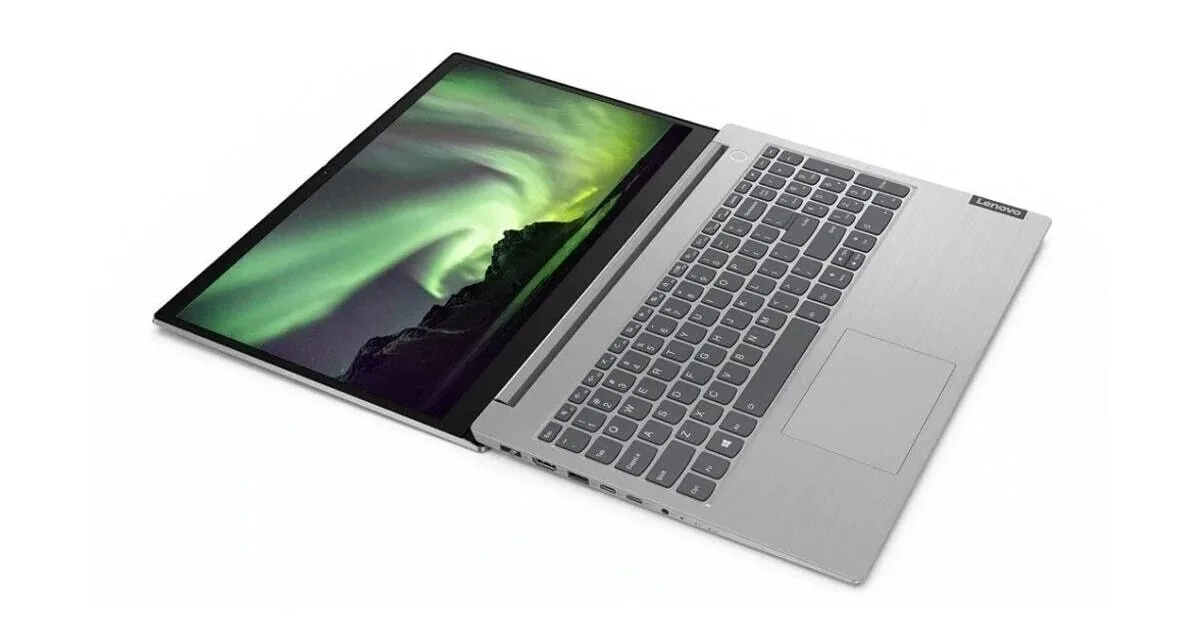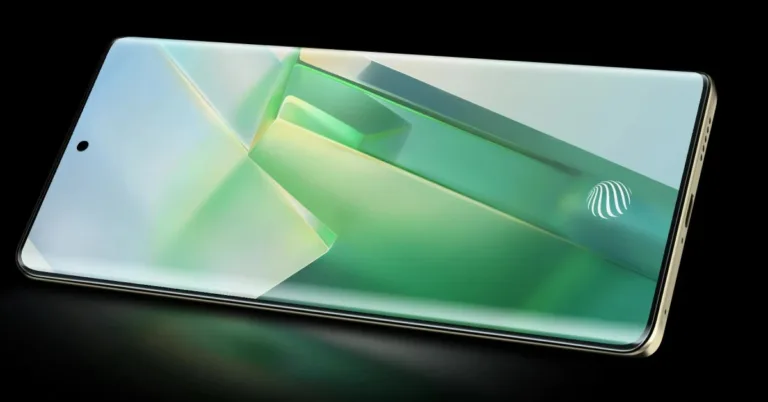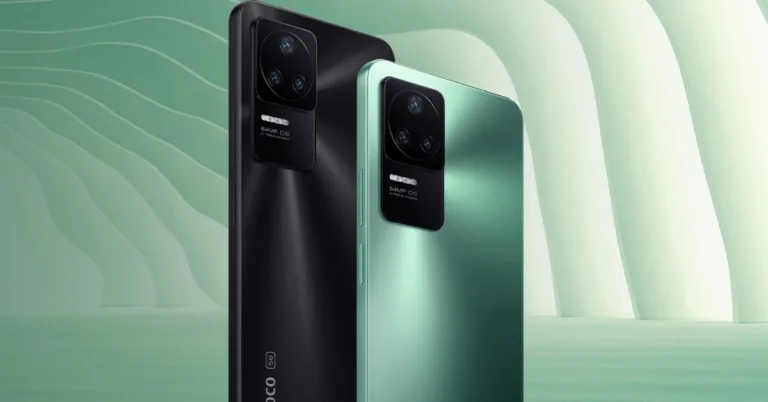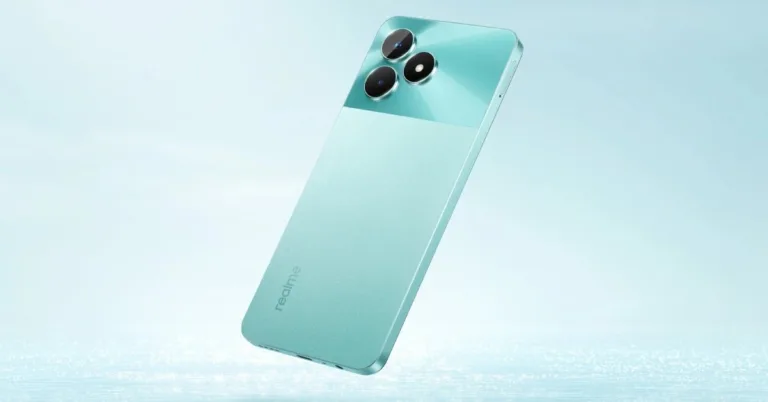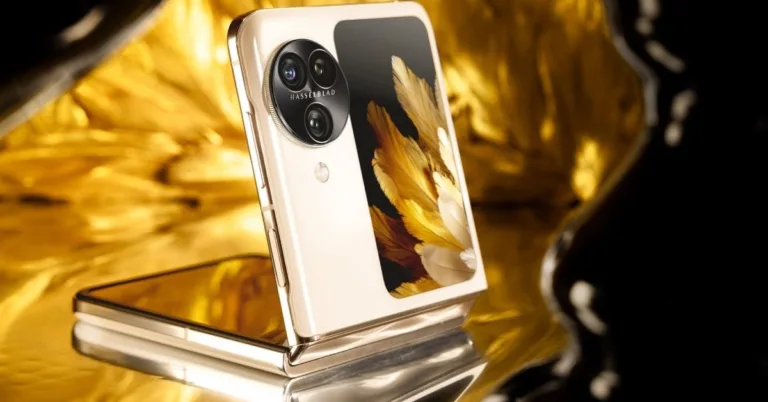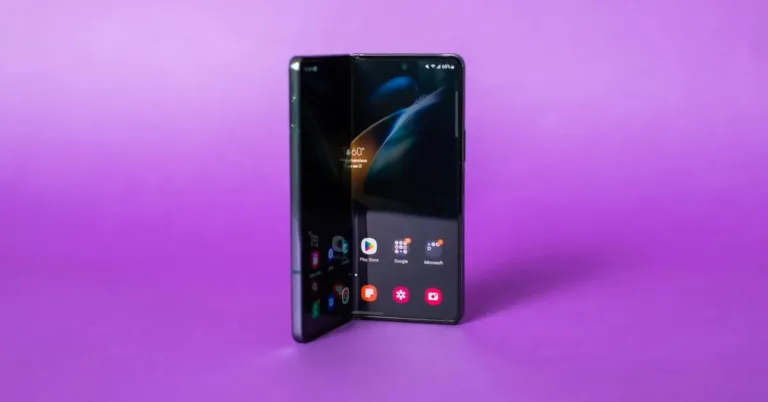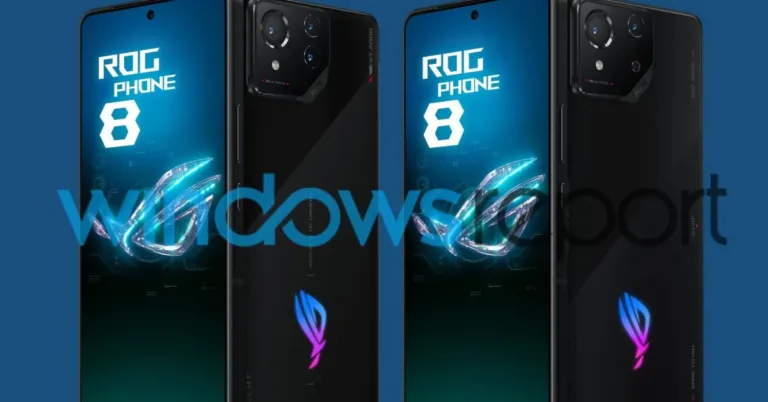MWC 2024: Lenovo showcases new ThinkBook laptop with transparent display
HIGHLIGHTS
- Lenovo has unveiled a concept laptop with a transparent display at MWC 2024.
- The Transparent ThinkBook features a 17.3-inch MicroLED display.
- The transparent panel blends with the environment to display images and videos.
Lenovo has introduced a new ThinkBook at the MWC this year, which features a transparent display. The device is still a proof of concept, and quite far from being released as a commercial product anytime soon. The ThinkBook comes with a 17.3-inch MicroLED borderless display and a transparent keyboard. Let us take a detailed look at the device and its functionalities.
Lenovo’s transparent laptop
- The laptop features a 17.3-inch MicroLED borderless display and a transparent keyboard area as well.
- The display comes with up to 55 percent transparency and turns opaque when pixels turn on. The 1,000 nits brightness lend the panel sufficient brightness both indoors and outdoors.
- There’s a camera at the back of the laptop, likely used for AI object recognition to identify items placed behind the device.
- Lenovo claims that Artificial Intelligence Generated Content (AIGC) enables interaction with physical objects and overlaying digital information to create unique user generated content.
- Users can also switch between the keyboard and drawing board with a supported pen.
- To display videos and dynamic images, the transparent screen blends and harmonises with its surroundings, as per Lenovo.
- The brand has not revealed anything related to the hardware specifications of this machine.
Is a transparent laptop practical?
Let’s face it, who hasn’t imagined working on a transparent system? We have all seen such technology being used in sci-fi movies, and Lenovo’s transparent laptop is a step in that direction. But as with all new developments, this model has its own challenges. One of the first major challenges would be the fragility of the device. As a famous YouTuber often says, “Glass is glass, and glass breaks,” the device is bound to be delicate.
Add to that, with no tactile feedback, the typing experience on the glass is likely to be extremely jarring, which would be a shame unless Lenovo implements an effective haptic feedback system that smartphones adopt. There are also questions about the actual visibility of the display. All in all, while the concept is promising, the product requires refinement before it is ready for real-world use. Nonetheless, it is an exciting prospect.
